With the rising pressure on costs and growing stakeholder expectations regarding ethical business practice, retailers are now taking control to plug the financial leaks across the supply chain associated with packaging inefficiency.
Switched on brands are becoming ever more aware of the importance of packaging when it comes to the consumer experience. Far too few, however, have yet to address the extraordinary packaging inefficiencies that exist throughout the supply chain.
Packing, shipping and storing Air
Minimalist packaging may be the new black when it comes to consumer-facing goods, but across the supply chain, the situation is far from slick. When some retailers are handling thousands of different packaging types from suppliers globally, the implications on cost, sustainability and efficiency are very significant.
Given the risk of product damage associated with packaging that is too small, many suppliers will err on the large side – but the costs of this approach, both direct and indirect, are considerable.
In addition to wasting money on unnecessary material, and what about the wasted space?
With multiple sizes used, pallets are not optimised, nor are containers and oversized packaging is impacting the number of items that can be stored in the warehouse or distribution centre (DC) or in-store. Packing, shipping and storing air is an expensive business. Add in the cost of ethically disposing of damaged or unusable packaging, and reconsidering this area should be about far more than the consumer-facing experience.
Plugging the leak
With the rising pressure on costs and growing stakeholder expectations regarding ethical business practice, retailers need to take control and plug the financial leaks across the supply chain associated with packaging inefficiency. This means defining and critically enforcing very clear packaging standards on suppliers.
Just consider the supply chain implications of reducing packaging types from thousands, even hundreds, to just a dozen – from the material consistency that transforms recycling and waste disposal activity to the optimisation of shipping and storage.
The financial returns that can be achieved by creating packaging standards across the world are significant – from a typical 5% to 10% reduction in the amount of packaging material being used to an improvement in container utilisation of 5% – 15%. The return on investment is compelling and quick.
Enforcing control
The starting point must be a robust review of requirements: What are the packaging requirements of the product? What are the space restrictions in the DC? What can containers handle? And what are the feasible packaging types that can be enforced? The challenge, however, is not simply to create these standards but to ensure they are enforced globally. Going through the exercise of rationalising packaging is great, but fail to robustly enforce the standards and suppliers will rapidly revert to using all various shapes and sizes.
Compliance is key, and that means ensuring a retailer has excellent visibility of the supplier’s packaging plans. The easiest approach is to accept orders packed using the authorised sizes and materials automatically. If a supplier cannot access approved packaging for some justifiable reason, retailers can also offer a shortlist of acceptable sizes – while also ensuring the substitution is automatically communicated. The big win is to have immediate visibility when a supplier proposes the use of unauthorised packaging – enabling a retailer to accept or reject an order based on the potential financial (and ethical) implications of failing to follow the defined standards.
It’s not just retailers that need visibility. To inspire suppliers to stick to the rules, they need to be easy to find as well as adhere to. Suppliers need to have excellent visibility of the retailer’s requirements to quickly locate the right type of packaging and keep the process running as efficiently as possible.
This is a massive mindset shift – and one that will be increasingly considered not just at the time of each shipment but during supplier assessment. In a world where packaging is fast becoming a key component of sustainable and ethical business, a supplier’s commitment to the use of standardised packaging must become a fundamental component of the decision-making process.
Minimalist packaging is indeed the new black – from the supplier through to the consumer.
About: Adjuno works with retailers to monitor their supply chain networks and design, build, test, and deploy optimum supply chain management systems for each organisation’s individual needs. They will work with you to improve your business processes through connecting your entire trading community, giving you a platform to thrive by efficiently collaborating with your external partners, and managing your complete supply chain with full transparency, efficiency, and cost-effectiveness. For more information, visit adjuno.com




















